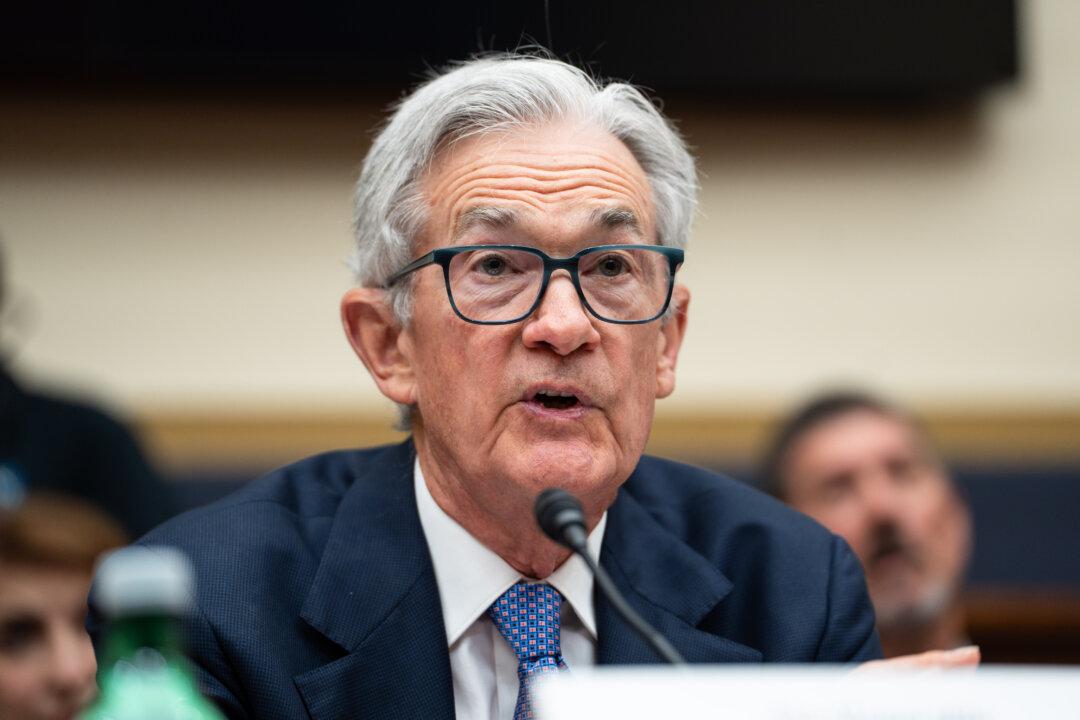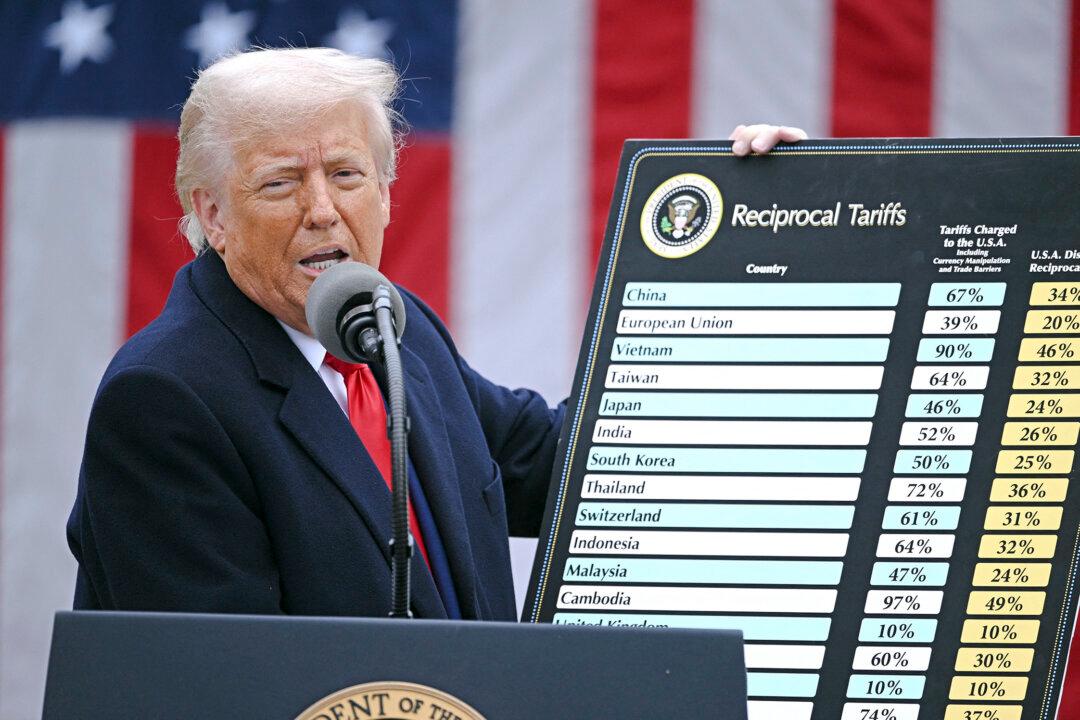U.S. consumer expectations for inflation and housing costs rose in April as Americans have become increasingly skeptical that public policymakers will vanquish inflationary pressures from the economy and return to the Federal Reserve’s 2 percent target.
According to the New York Fed’s Survey of Consumer Expectations (SCE), one-year inflation expectations climbed to 3.3 percent, the highest reading since November. The one-year outlook hovered at 3 percent for four consecutive months.





